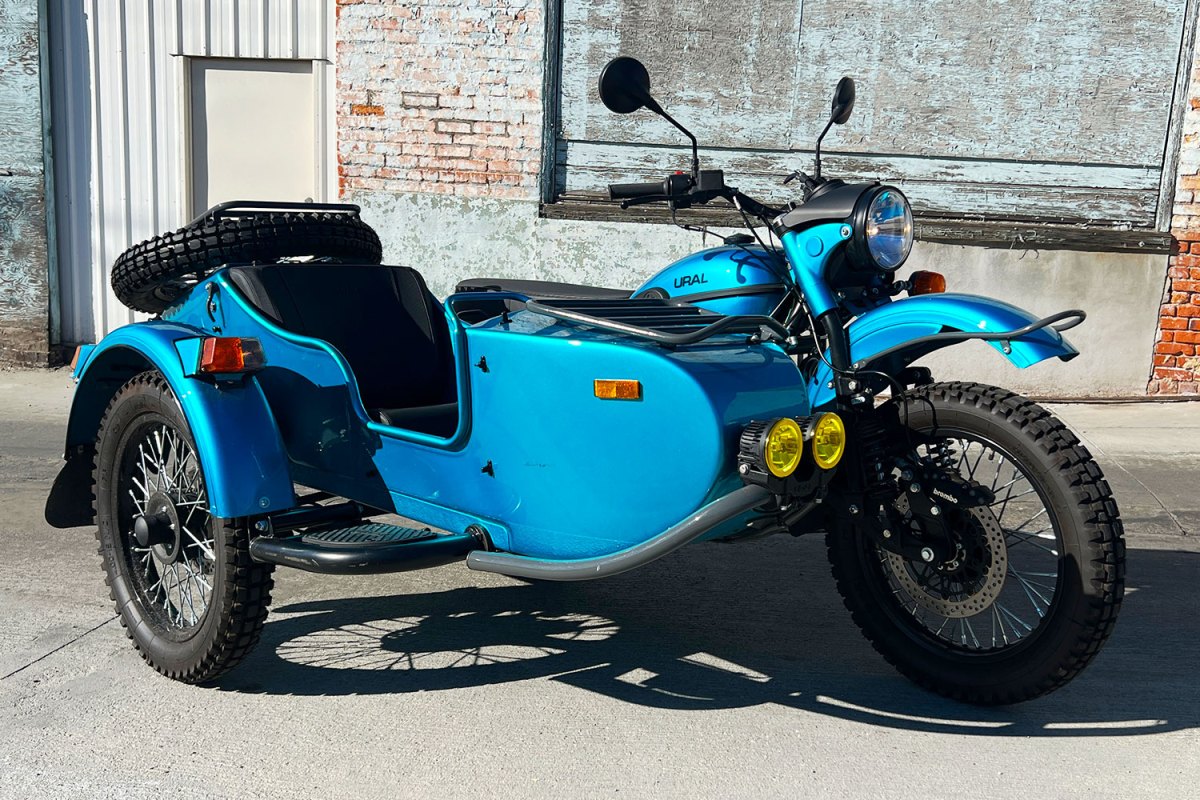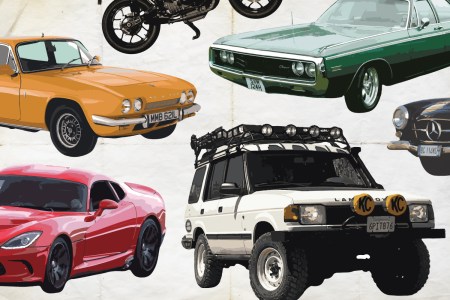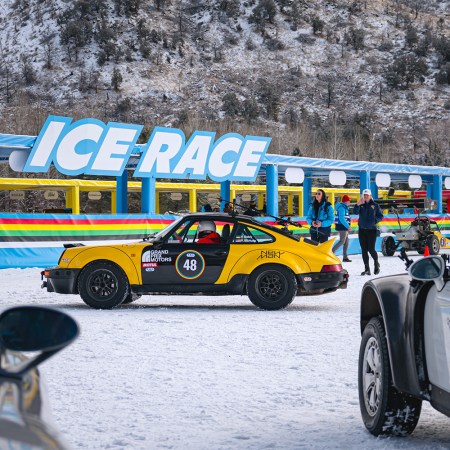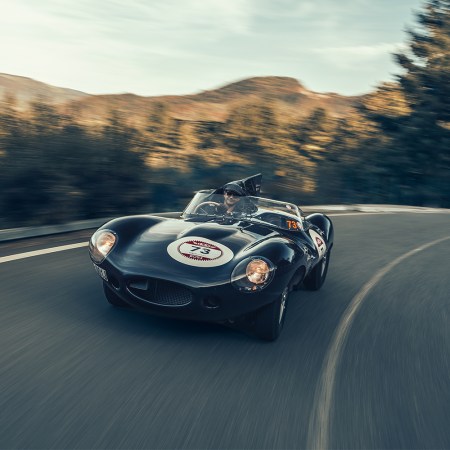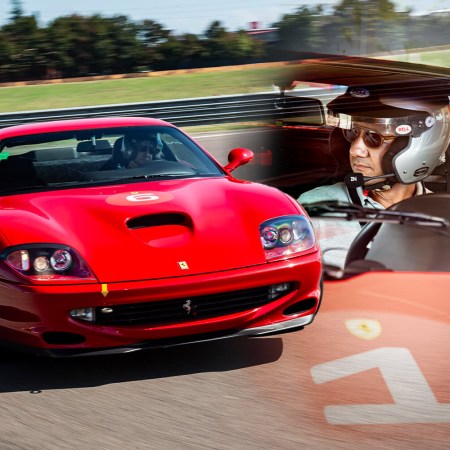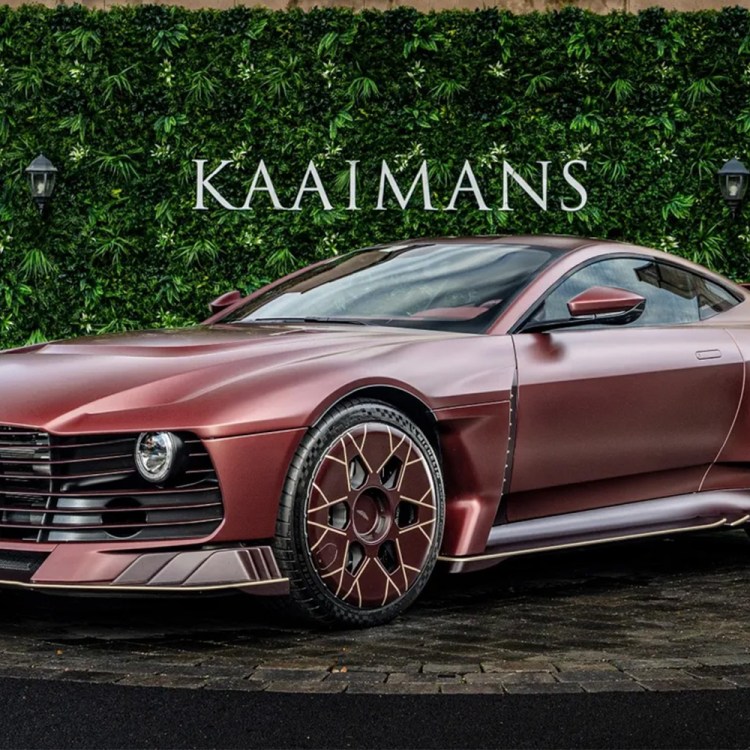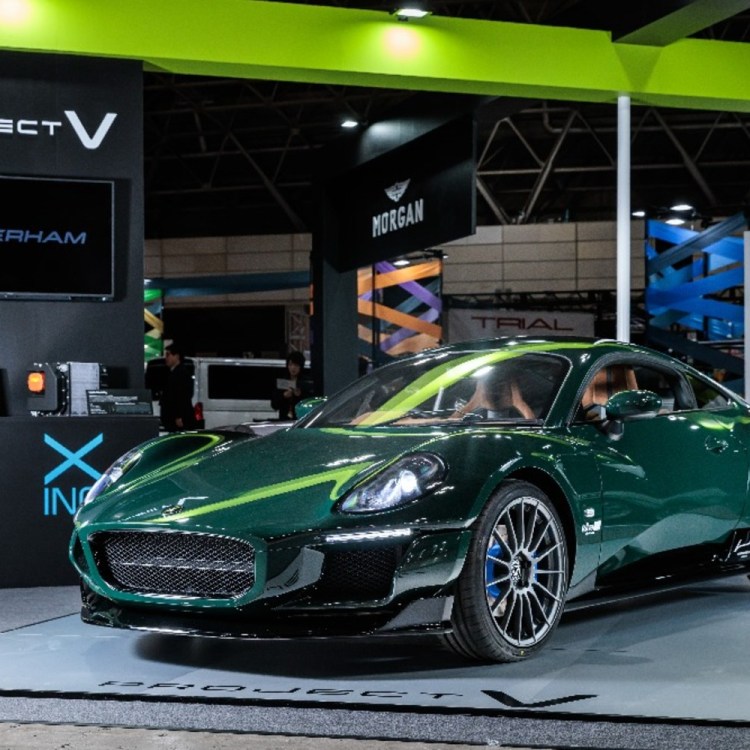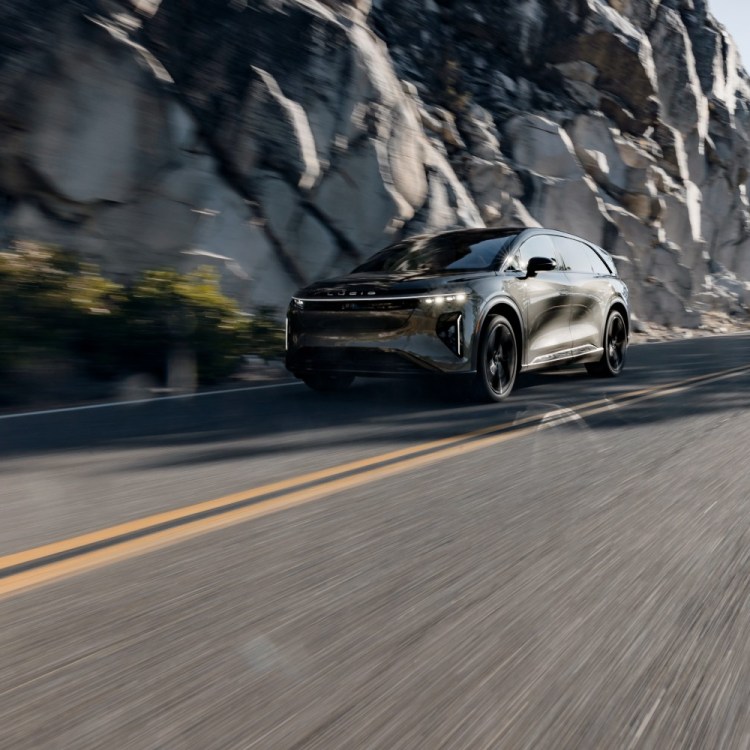Back when Barack Obama was in the White House and 10,000 Bitcoin bought two pizzas, I flew up to Seattle with my wife for a rain-drenched fling with a three-wheeler. Our steed for the weekend was the Ural T, a stripped-down version of the already stripped-down Russian sidecar motorcycle. Its hardware hadn’t seen major updates in practically forever, and Ural was still a pretty culty brand. The T model rang in at a mere $9,999, and had the bare-bones minimalism to prove it: a carbureted, air-cooled knockoff of a BMW boxer engine and Communist-era build quality. Somehow, in spite of (or maybe because of) the rig’s agricultural appeal, we ended up having such a bang-up time that the adventurous trip still comes up in conversation all these years later. Go figure.
Quite a bit has changed since those days. For starters, while fellow runabouts like Can-Am Spyders and Polaris Slingshots have inspired greater industry acceptance of three-wheelers, Ural has been making concerted efforts to improve their own build quality. As the company has gone from an oddball outlier to a bona fide niche player, growth has come with some tradeoffs.
“We managed to recover from the 2008/2009 [financial] crisis,” Madina Merzhoeva, Ural’s VP of marketing and international sales, told me, “[but] as we were gradually improving the product, the costs were clearly growing as well.” She adds that the manufacturer also faced the typical pandemic challenge of demand outpacing supply. Then there was the not-so-little issue of Russia invading Ukraine, and the subsequent U.S. trade embargoes. “The war brought everything to a screeching halt, literally overnight,” she says. That was dealt with by relocating the factory to Kazakhstan in less than five months, resuming shipping in August of 2022. The emergency move put a dent in sales and necessitated a price bump.
Then came 2024, when a brand-new Ural sidecar loaner made its way to my driveway. The world had changed — there had been a lot of water under the bridge since our long-lost weekend in Seattle. Our lives shifted significantly 12 years ago when a son entered our lives. I’ve also reviewed an untold number of vehicles since those days. Could this crude sidecar motorcycle hold its own in an increasingly advanced, tech-heavy and electrified age?
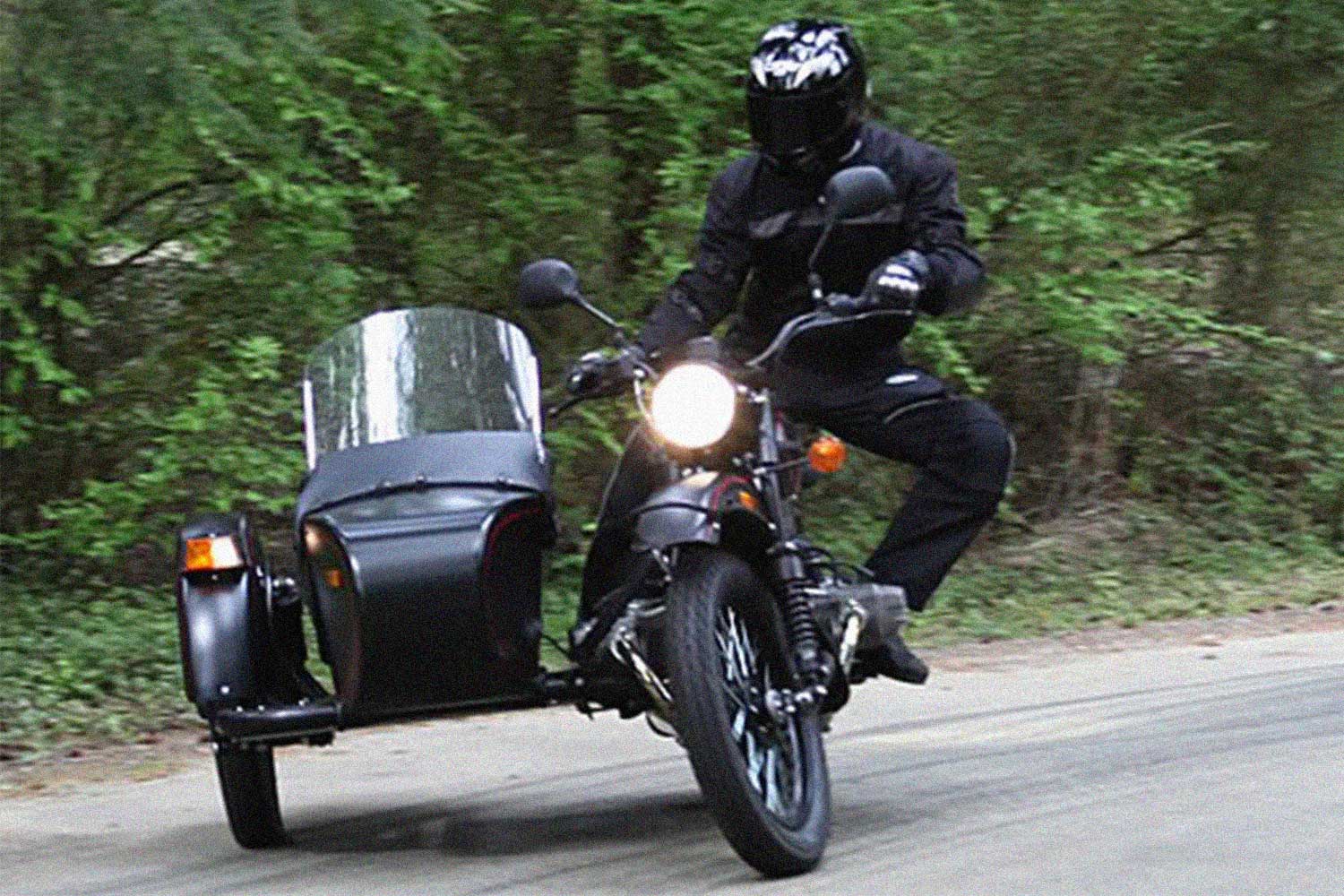
The More Things Change…
The U.S. economy (and inflation) has come a long way since the days of the Ural T’s four-figure price tag, and a very long way since the Soviet brand’s salad days when the factory was churning out 130,000 bikes a year. The version I tested is essentially a Gear Up model that’s one of 20 so-called Caribbean editions allocated for the U.S., finished in a shade of brilliant blue metallic and black trim. This special-edition gets customized with extras by the selling dealership, gaining things like the eye-catching paint, extra anti-corrosion measures for the tub and fenders, and add-on accessories. Standard Gear Ups are priced starting at $21,999, and the average price of a Caribbean runs to $26,435.
The One That Got Away: Cars We’ve Loved and Lost
Twelve automotive writers and photographers on the vehicles they regret letting slip through their fingersUral claims a lengthy list of improvements since 2009, including but not limited to the addition of fuel injection, Brembo brakes on all three wheels, and improved suspension, engine and drivetrain components. Gear Ups are equipped with two-wheel drive, an LED headlamp and accessory fog lamps, an auxiliary power outlet and Nitron shocks, among other features.
The brand’s current MSRPs reflect not only the considerable improvements that have dogpiled onto the Ural over the years, but also the changing global economics that have led to steeper prices and cost of living overall. Further fueling overhead is the fact that Ural elected to shift their Cold War-era headquarters in Irbit, Russia to Petropavl, Kazakhstan in order to avoid crippling sanctions due to the war in Ukraine.
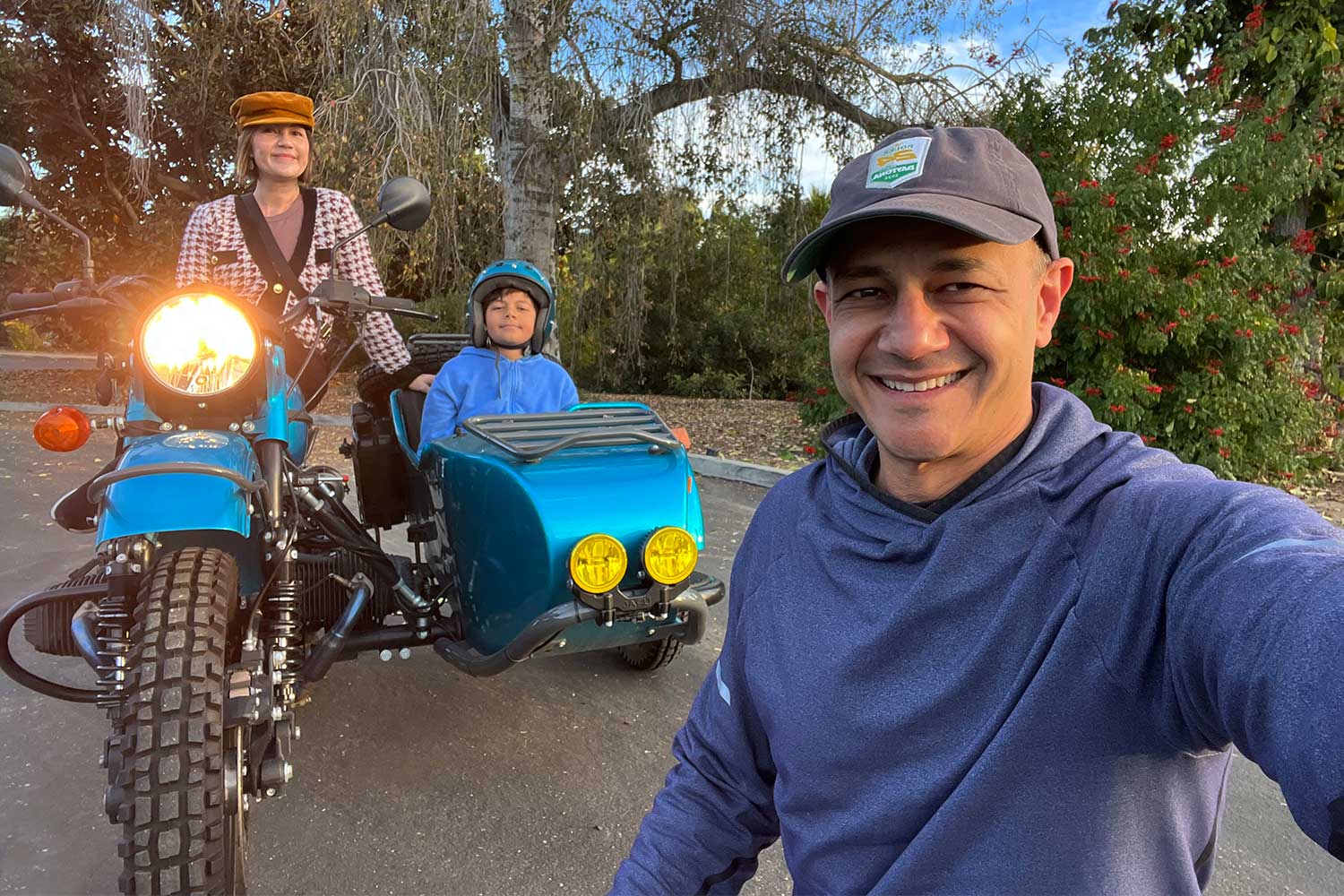
…The More They Stay the Same
Sense memory is a hell of a thing, especially when it triggers associations with far distant memories. Despite the many subtle mechanical improvements Ural has made to their rigs over the years, revisiting the sidecar pulled me immediately back to 2009. The simple switchgear, the vibration of the horizontally opposed engine, the weird feeling of not worrying about tipping over a bike because it’s stabilized by a sidecar — it all returned the instant I reacquainted myself in the saddle.
There were some differences, however. My wife and I have since added some cargo in the form of a 6th grader who’s usually far more obsessed with rockets and space travel than he is with my earthbound review subjects. The funny thing about the Ural, though, is that before we even saddled aboard this retro relic, my son excitedly asked if we could buy one. It may have been the visual novelty of the sidecar which swayed him so quickly — a factor that has inspired the company to coin the term “Ural Delay Factor,” a warning to owners that they will be incessantly peppered with questions from curious onlookers.
While it’s meant to be tongue-in-cheek, I’ve experienced it repeatedly. The Ural attracts an unnatural amount of queries, conversations, reactions and interactions. I suspect two other factors are at play here. First, there is an inherently friendly mechanical personality to this thing. While a conventional motorcycle wields a certain intimidation factor — partly because they’re categorically unstable machines that will tip over if not handled properly — the sidecar pod adds a safety blanket of security. My theory was reinforced when my mother, a professional doomsayer when it comes to all things motorcycle, didn’t raise an eyebrow when I pulled up in the Gear Up. The clincher, though, might have been the fact that this coarse conveyance carries three people in a snug, convivial space like nothing else — well, almost nothing else. Our family happens to enjoy a similarly agricultural 1963 Land Rover Series IIA with a bench seat that allows us to sit three across. The sidecar arrangement isn’t far off, with its tandem triangle that makes interaction easy at speed.
But I digress. What’s it like to tackle modern roads on an archaic Ural?
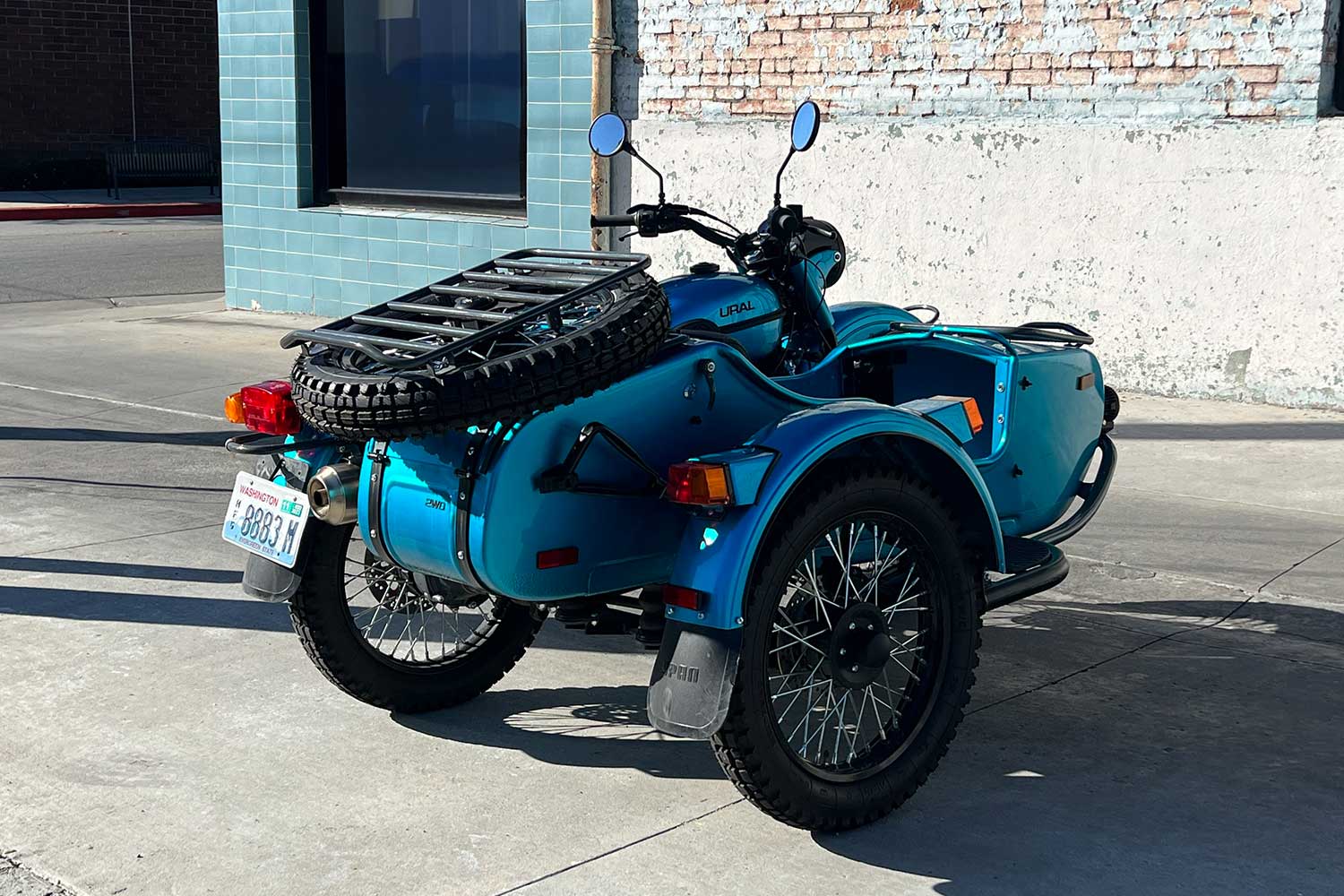
Driving the Ural Gear Up
Anyone familiar with how a motorcycle works can hop aboard a Ural and get from A to B. However, doing so smoothly and safely requires a bit of technique that’s not so intuitive. For starters, accelerating and braking a Ural causes an inherent yaw effect that can alter the direction of travel. Twist the throttle, and the bike wants to tug to the right; brake, and it pulls to the left. Further complicating matters are handling dynamics that can be…complicated. Aggressive left turns can lead to front wheel chatter if the handlebars are pulled too hard; hang a left while accelerating hard, and you can lose a bit of front-end grip due to weight transfer towards the tail. And don’t get me started on right turns, which Ural apologists refer to as “flying the chair”: crank to the right hard enough, and the sidecar levitates. Skilled riders routinely fly the chair for fun. Not-so-skilled riders, on the other hand, can get themselves in serious trouble by not keeping all three on the ground.
These quirks can be disconcerting for anyone who’s accustomed to the security of modern hardware. For a petrolhead like me who gets off on funky vintage contraptions, it’s less of a hindrance and more of a fun challenge, a learning curve on the way to earning the badge of honor of mastering another unruly machine. Interestingly, once my body acclimated to the Ural, steering and counter-steering in concert with my throttle and brake application became a semi-automatic practice, almost like learning how to ride again.
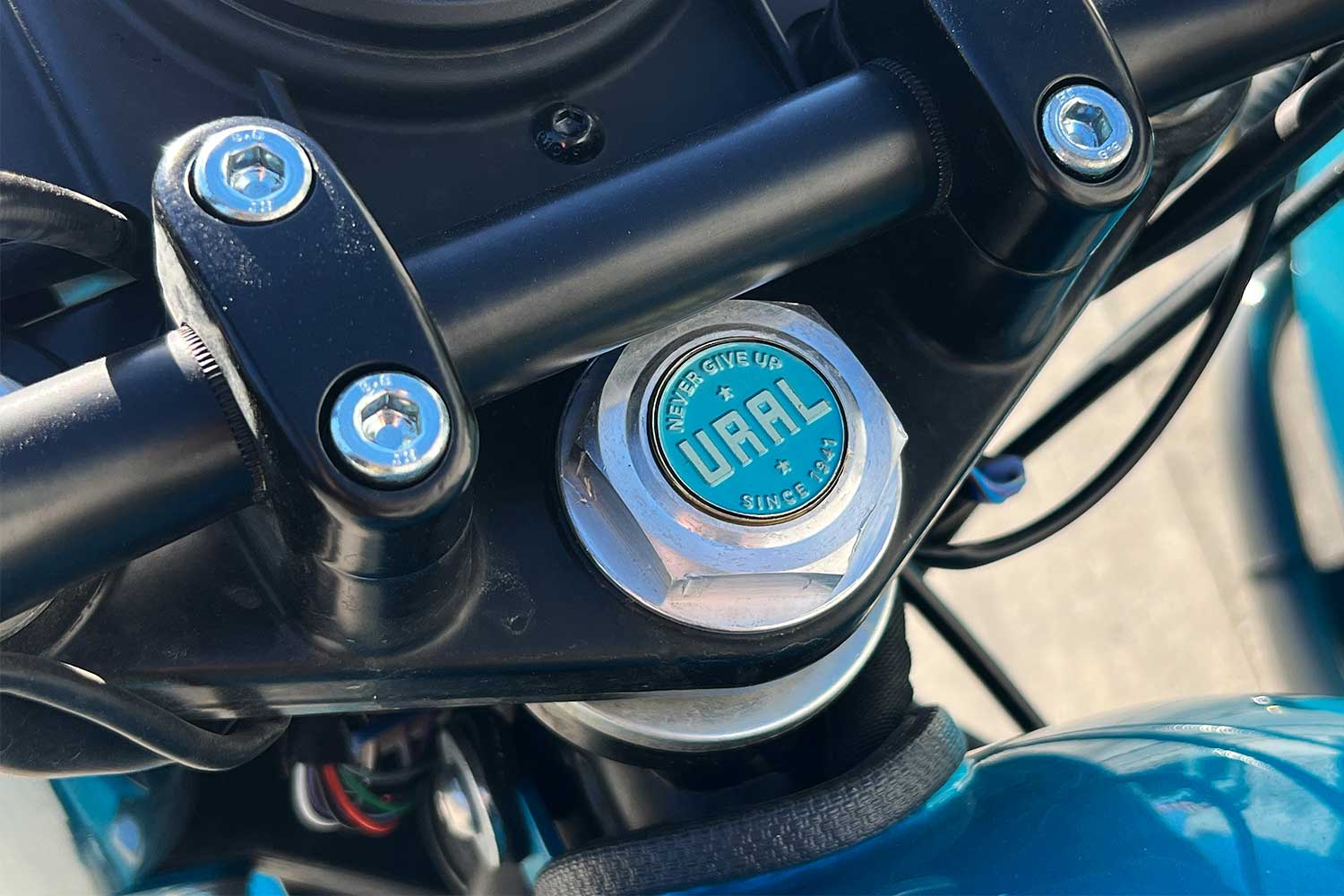
While unraveling the complex layer cake of sense memory was a mini-adventure of the mind, it turned out the real attraction was the revelation of three-up riding. Whereas a conventional motorcycle usually involves a matrix of speed and wind that makes it all but impossible to communicate with the passenger seated behind you, the Ural’s generally slower speeds and side-by-side/tandem setup is more conducive to conversation — albeit high volume, often yelling conversation. There’s a general sense of good-natured fun about the Ural, a sense that you’re doing something for the sheer whimsy of it, not utilitarian A-to-B transportation or the more solitary act of riding a motorcycle. With a sidecar, the world seems to open up, enabling you to take in your surroundings — and be perceived by those around you — in a whole new way. Its slow pace and bench-like seating feels almost nothing like riding a motorcycle. And that’s refreshing.
The new Ural feels mechanically superior to its antecedents, with a fuel-injection system that fires up every time, more effective brakes and a generally less janky feeling than before. Yes, it’s still crude. It’s also not without its imperfections, among them the occasional false neutral between gears, a general rough-around-the-edges feeling and the aforementioned handling idiosyncrasies inherent to the genre. I also experienced a battery/startup issue when I ran the headlights and fog lamps while the engine was idling during a photo shoot. I was able to bump start the bike, ride it around and recharge the battery a bit, but it did drive the point home that Ural still isn’t the place to go for those seeking a modern, sanitized, bulletproof experience. There’s still a touch of vintage bike remaining in this old guy’s DNA.
If anything, revisiting Ural’s sidecar reminds me of the most elemental aspects of riding, the joy of interacting with your passengers and surroundings that can be missed aboard machines that are sleeker and faster. There is also a bit of pride from Ural that they’ve been able to improve the bikes while remaining independent.
“The current bikes are the best quality we’ve ever made, and most importantly we still make them,” Merzhoeva said. “That’s a rare story to tell.”
This article appeared in an InsideHook newsletter. Sign up for free to get more on travel, wellness, style, drinking, and culture.
